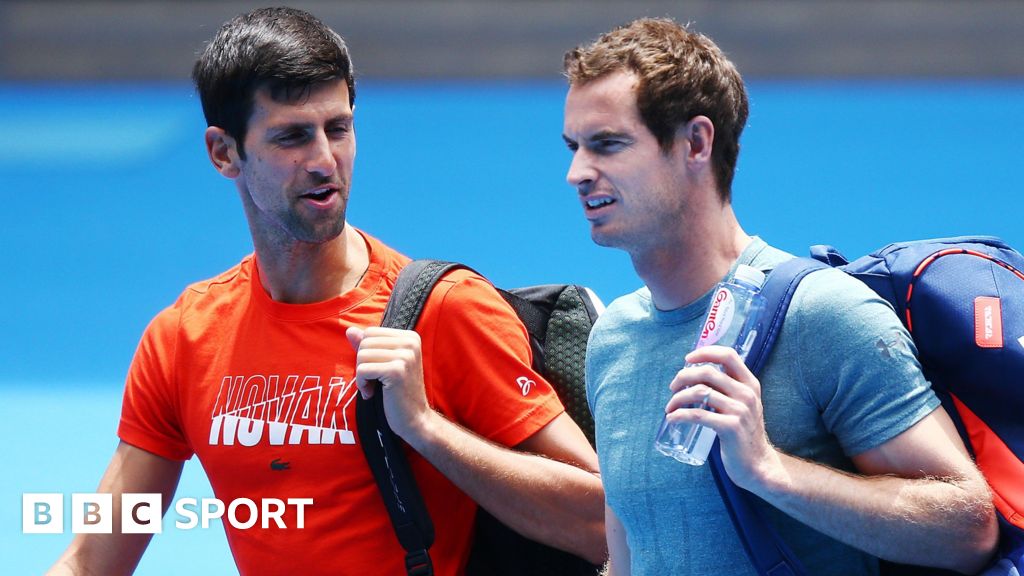Yashasvi Jaiswal’s intense and creative pre-Australia tour training revealed | Cricket News – Times of India

New Delhi: The seeds of success are sown in thorough preparation, and Yashasvi Jaiswal’s intense and innovative pre-tour training against short-pitched balls at the Thane Stadium contributed to his unbeaten 90 on the second day of the opening Test against Australia.
Rahul Dravid’s hours of training at the National Cricket Academy ahead of the 2011 tour of England, or Sachin Tendulkar creating rough outside the leg stump and asking Laxman Sivaramakrishnan to simulate Shane Warne’s leg-breaks, have become part of Indian cricketing folklore.
Assembly Election Results
Jaiswal, the next batting superstar in waiting, is also meticulous about his training methods, most of which he has developed under Rajasthan Royals’ Director of Cricket, Zubin Bharucha, at their academy in Maharashtra’s Talegaon, where he has trained since the lockdown.
However, due to the short gap between the New Zealand series and the flight to Australia, Jaiswal had to make a quick mental and technical switch from the rank turners at home to counter the steep bounce he would encounter Down Under, especially in the opening game in Perth.
For a couple of days, from morning till late evening, Jaiswal was stationed at the Thane Stadium near his home, facing roughly 200 overs of throw-downs with a concrete slab positioned on an inclined plane (at a 45-degree angle) at short length (around the 10-metre area).
Here, Jaiswal was fed throw-downs using orange and yellow balls aimed at his rib cage and outside the off-stump at around 145 clicks.
“The time was limited, so he practised at the Thane Stadium. The balls used were lighter in nature, so they travelled quicker through the air. The concrete slab was kept at short length, and he faced roughly 200 overs across two days before he left for Australia,” Bharucha, who is currently in Jeddah for the IPL auctions, shared with PTI.
So, how does one manage to play 100 overs in a day?
“The rotational speed per ball is rapid, i.e., it’s just ball after ball without any break. So, we can get through this easily in 2.5 hours with just a couple of breaks,” the former Mumbai opener explained.
In earlier days, before a tour to Australia or South Africa, the standard method was to get throw-downs on cement wickets from 15 yards with wet tennis balls. But just as cricket has changed over the years, the method of coaching has also evolved.
“Bounce is something that cannot always be simulated on turf pitches, like the rough that Sachin Tendulkar created for simulation. Hence, a concrete slab kept at an inclined plane creates that skiddy, uncomfortable bounce. Also, the synthetic balls that are used are a bit softer.
“It looks like a hockey ball but is much lighter, so it travels quicker. Obviously, you can’t simulate seam movement, but nevertheless, it is a very good mode of practice,” a former first-class cricketer, who has also worked as a coach at the NCA, explained.
This is a mode of training that even India’s assistant coach, Abhishek Nayar, uses for his wards, such as KKR’s Angkrish Raghuvanshi.
“For swing, Mumbai batters of a particular vintage used a rubber ball heavy with mud on one side, which then starts deviating in the air. For seam movement, you can put threads on turf wickets and hit those threads to get some movement off the surface, but that’s not a very popular method as of now,” he said.
Related
You need skillful players to play T10 cricket, says Bangladesh’s…
Home » Cricket » You need skillful players to play T10 cricket, says Bangladesh’s Shakib al Hasan Abu Dhabi, Nov 23 (SocialNews.XYZ) Bangla Tigers captain
Virat Kohli salutes Yashasvi Jaiswal, KL Rahul after their stellar…
NEW DELHI: Yashasvi Jaiswal and KL Rahul's stellar batting performance on the second day of the first Test against Australia in Perth received praise from non
KL Rahul rises above pressure and doubts over place in…
In his last seven Tests, KL Rahul has batted in three different positions. Having opened almost exclusively since January 2015, he was shunted down to No. 6 o
A Gesture of Gratitude: Rishabh Pant gifts scooters to life-saving…
(Photo by Paul Kane/Getty Images) NEW DELHI: Rishabh Pant garnered significant attention in the media for his generous gesture. He presented scooters to Rajat











